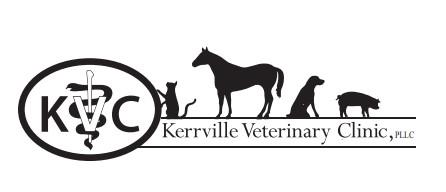Library
-
Chlorambucil (brand names: Leukeran®, Chloraminophene®, Linfolysin®) is an immunosuppressive and anticancer medication used to treat certain cancers, such as leukemia, lymphoma, and multiple myeloma. It can also be used as a supplemental treatment for some immune-mediated diseases such as inflammatory bowel disease.
-
Chloramphenicol is given by mouth or injection and is used on and off-label to treat bacterial infections. Give as directed. Common side effects include vomiting, diarrhea, and decreased appetite. Do not use in pets with blood disorders, in pediatric or geriatric animals, or in pregnant or nursing females. If a negative reaction occurs, please call your veterinarian.
-
Chlorfenapyr poisoning is suspected if a pet has access to this pesticide and subsequently develops expected signs; it should also be suspected in a pet exhibiting signs and at risk of malicious poisoning. Pets that develop clinical signs following chlorfenapyr ingestion are unlikely to survive and chronic complications may be present for survivors.
-
Chlorhexidine + ketoconazole topical is used to treat superficial skin infections or overgrowth in dogs and cats. When given as directed, side effects are rarely noted, but could include skin irritation. If you suspect an overdose or accidental ingestion, call your veterinary office immediately.
-
Chlorhexidine topical (brand names Chlorhex®, Novalsan®, ChlorhexiDerm®) is an antiseptic used to treat skin infections. It is used to treat surface bacterial and/or fungal skin infections in cats and dogs. This medication may be part of a combination product that includes other medications. Chlorhexidine topical comes in shampoo, liquid, ointment, and wipe form.
-
Chlorhexidine/hydrocortisone/trizEDTA topical (TrizCHLOR® 4HC) is a shampoo and spray conditioner used topically in cats, dogs, and horses to support animals with conditions such as superficial, itchy, bacterial and fungal skin infections (pyoderma); acute moist dermatitis (hotspots); and pododermatitis (skin infections of the foot).
-
Chlorhexidine/ketoconazole/TrizEDTA flush: otic (Mal-A-Ket® Plus) is a liquid antibacterial and antifungal solution used for topical treatment of localized bacterial and yeast infections in dogs and cats. The solution can be used specifically in the ears as a flush treatment.
-
Chlorhexidine/ketoconazole/TrizEDTA flush: topical (Mal-A-Ket® Plus) is a liquid antibacterial and antifungal solution used to manage localized bacterial and yeast infections in dogs and cats. It should only be used topically on the skin or in the ears.
-
Chlorothiazide/hydrochlorothiazide is given by mouth or injection and is used off label to treat nephrogenic diabetes insipidus, high blood pressure, fluid retention, and certain electrolyte imbalances in dogs and cats. Give as directed by your veterinarian.
-
Chloroxylenol topical, also known as PCMX, is a topical antiseptic used on the skin prior to surgery and in wound cleaning in cats, dogs, and exotic species. It has been used to treat bacterial, fungal, and yeast skin infections. It is toxic to aquatic species. All forms are applied topically directly to the skin.

